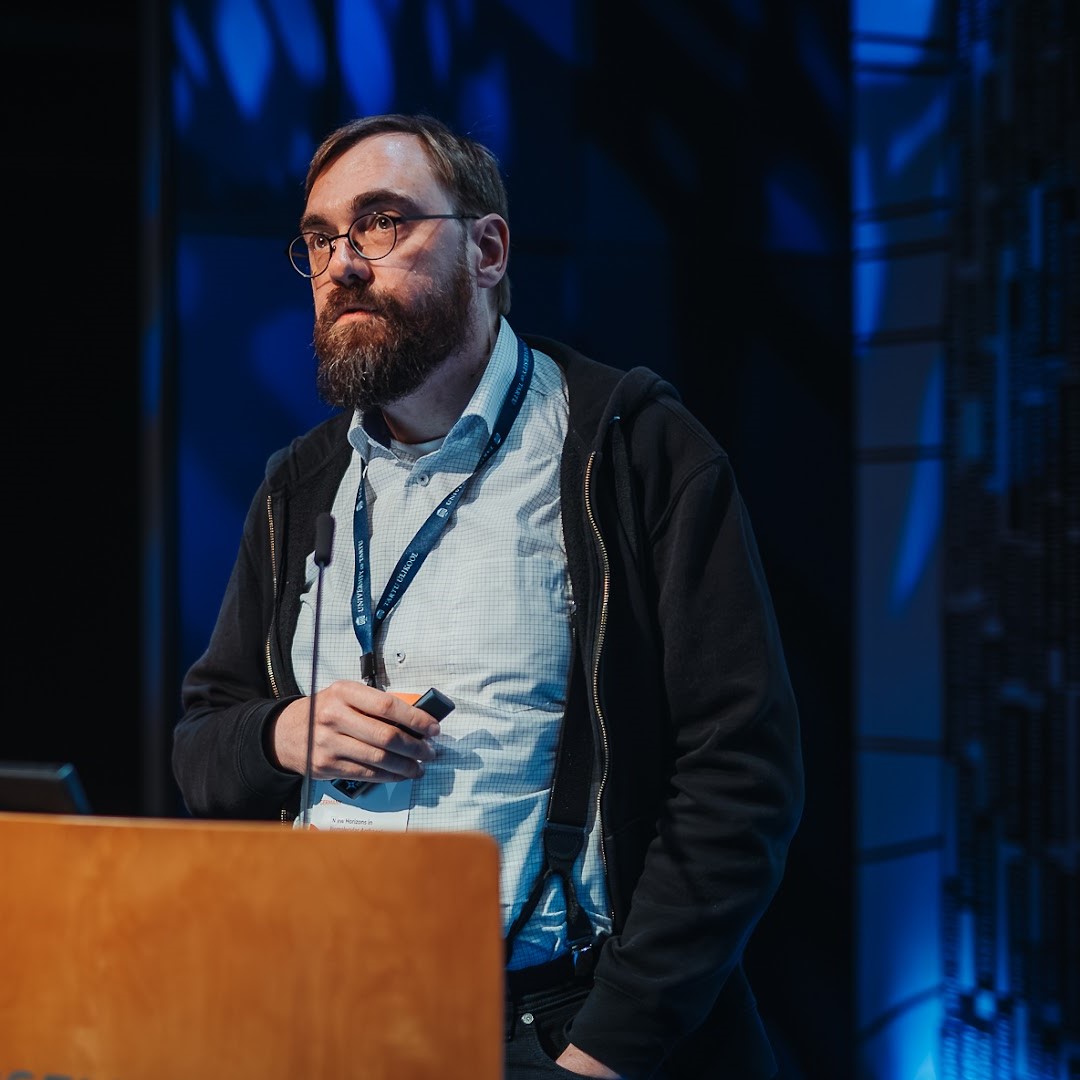Kay Prüfer’s main research focus lies on the development and application of computational methods for the evolutionary analysis of ancient genomes. He has led the consortia to analyze the bonobo genome and the high-coverage genomes of two Neandertals. More recently, he has worked on detecting trisomies in the data from a large collection of ancient individuals. He is currently co-leading the efforts to analyze the genomes of the earliest modern humans sequenced to date.
Ancient Genomes of Neandertals and Modern Humans in Europe
Neandertals lived for hundreds of thousands of years in Europe and disappeared from the fossil record of this region around 40,000 years ago. The analysis of their genomes revealed that Neandertals lived in small groups and had a small population size, as evidenced by the presence of large regions of homozygosity and low heterozygosity, respectively, that were detected in three high-coverage genomes. When modern humans left Africa, they met and interbred with Neandertals, so that all descendants of the out-of-Africa carry 2-3% Neandertal ancestry. However, genome-wide data has so far only been published from three sites in Europe that data to before 40,000 years ago. None of these data showed a direct continuity to later modern human groups, suggesting that most of the ancestry of these ancient Europeans was lost. Whereas two of the sites (Bacho kiro and Peștera cu Oase) showed that the individuals carried additional Neandertal ancestry stemming from more recent admixtures, another individual from the third site (Zlatý kůň from the Koněprusy Caves) showed no additional admixtures. In my talk, I’ll present the first high-coverage modern human genomes from Europe that date to around 40,000 years ago. These genomes were generated from deeper sequencing of Zlatý kůň and from an individual from Ranis-Ilsenhöhle, a site located around ~200km north-west of Koněprusy Cave. Our analysis of these genomes yields further insights into the timing of the Neandertal admixture, the size of their populations and their relationship to contemporaneous and present-day modern human groups.
